water pump problems and solutions
- By BISON
Table of Contents
Water pumps are vital for a wide range of applications—from irrigating crops and supporting industrial operations to supplying water to homes and farms. These devices ensure a reliable flow of water by transferring it from one location to another, keeping systems running smoothly and efficiently.
Despite their durable construction, water pumps can experience issues that impact performance. Common problems include leaks, unusual noises, reduced flow, low pressure, and overheating. Leaks may point to seal failures, strange noises could indicate mechanical issues, and reduced flow might result from blockages or motor problems. Overheating, if not addressed, can cause severe internal damage.
Having trouble with your water pump? This article will guide you through practical solutions to these common issues. By understanding the causes and fixes, you can keep your pump operating efficiently, reduce downtime, and extend its lifespan.
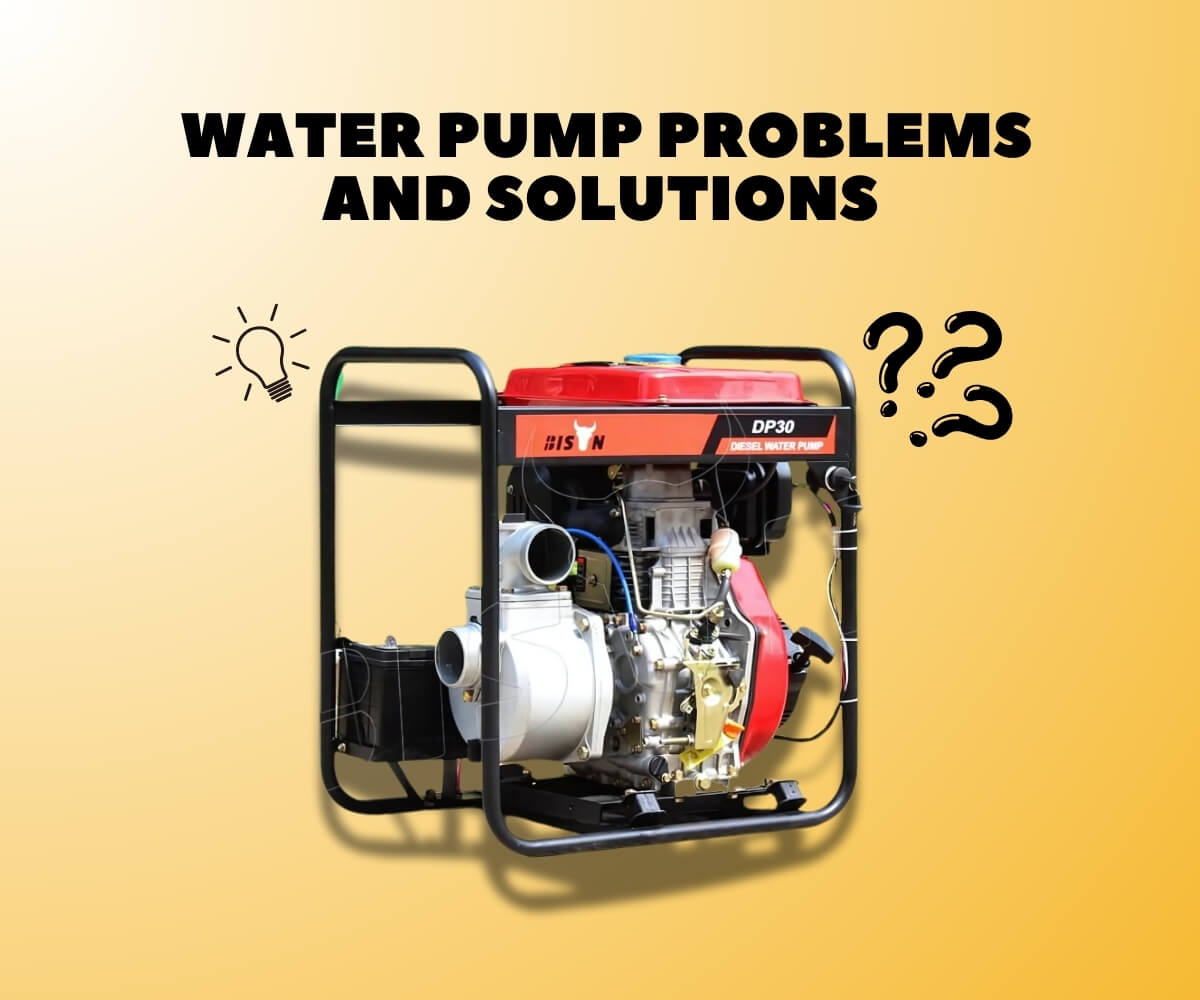
Common water pump problems and solutions
While water pumps are generally reliable, they can still encounter issues that affect their performance. Recognizing these problems early and addressing them promptly is key to maintaining efficiency and avoiding costly repairs.
This section outlines some of the most common water pump problems along with practical solutions to help you troubleshoot and restore smooth operation:
Overheating
An overheated water pump can lead to reduced efficiency, mechanical damage, or complete failure if not addressed promptly.
Common causes:
- Inadequate water flow or cooling
- Pump overload or running beyond capacity
- Mechanical friction or internal obstructions
- Blocked discharge line or cooling passages
- Lack of lubrication
- Running the pump dry (without water)
- Excessive back pressure
Solutions:
- Inspect and clear any blockages in the discharge line or cooling system. Ensure the pump always has a sufficient water supply and never runs dry
- Maintain proper lubrication as per the manufacturer’s guidelines
- Avoid overloading—operate the pump within its rated capacity
Improve ventilation around the pump; for larger systems, consider installing a dedicated cooling mechanism - Regularly clean cooling fins or passages to prevent buildup and heat retention
- Check and adjust pressure settings to reduce back pressure
- Look for sources of friction or mechanical wear and resolve them promptly
Excessive noise
Unusual or loud noises coming from a water pump often signal mechanical issues or system imbalances that require immediate attention.
Common causes:
- Cavitation: Caused by vapor bubbles forming due to low pressure or air in the system
- Worn or damaged bearings: Often result in grinding or whining sounds
- Component misalignment: Poor alignment between motor and pump parts
- Debris or foreign objects: Trapped inside the pump casing
- Loose hardware or mounting issues: Can lead to vibrations and rattling
Solutions:
- Reduce cavitation: Adjust water flow or system pressure; bleed air from the system
- Replace worn bearings or damaged parts: These are common wear components that should be checked regularly
- Correct misalignment: Realign pump and motor shafts to reduce mechanical stress
- Clear debris: Disassemble and inspect the pump if foreign objects are suspected
- Secure the pump: Tighten bolts and check for proper mounting to prevent vibrations
- Routine inspections: Regularly listen for unusual sounds, monitor vibrations, and feel for overheating to catch issues early
By addressing these sources of noise promptly, you can prevent further damage and extend the operational life of your water pump.
Leaks
Water leaks in or around a pump can lead to reduced efficiency, water damage, and eventual equipment failure.
Common causes:
- Damaged or worn seals
Loose or improperly tightened connections - Cracks or damage in the pump housing
- Improper installation of threaded fittings
Solutions:
- Inspect all components: Check seals, joints, threaded fittings, and the pump housing for any signs of leakage
- Tighten connections: Secure any loose fittings or bolts
- Replace faulty seals: Use correct replacements as recommended in the pump’s manual
- Seal threaded joints: Apply suitable sealant or Teflon tape to prevent leaks at threaded connections
- Address housing cracks: Patch minor hairline cracks with appropriate epoxy or sealant; for severe damage, consider replacing the pump casing
Always consult the pump’s manual for part numbers and assembly instructions when replacing components
No water or low water pressure
When a water pump delivers little or no water, it disrupts the system’s performance and efficiency. This is one of the most common and frustrating pump issues.
Common causes:
- Clogged intake screen blocking water entry
- Air leaks in the suction line causing loss of suction
- Low water level in the source supply
- Worn or damaged impeller, reducing pumping efficiency
- Improper pump sizing, where the pump is too small for the required flow or pressure
- Blockages in the discharge line restricting flow
Solutions:
- Check the water source: Ensure the water level is adequate for pump operation
- Inspect and clean the intake screen: Remove any debris that may be clogging it
- Seal suction line leaks: Look for air leaks and seal them to restore proper suction
- Examine the impeller: If it’s worn or damaged, replace it following the manufacturer’s guidelines
- Verify pump sizing: Ensure the pump matches your system’s pressure and flow requirements; upgrade if necessary
Failure of the prime (loss of prime)
A pump that fails to prime cannot create the suction needed to draw water into the system. This prevents it from operating effectively and can lead to system downtime.
Common causes:
- Air leaks in the suction line disrupting the vacuum seal
- Low or inadequate water supply at the source
- Clogged or dirty suction filter
Faulty or leaking foot valve, which allows water to drain back out of the suction line
Solutions:
- Re-prime the pump using the priming plug: Fill the pump casing with water until it overflows, then seal the plug and restart the pump. Consider installing a self-priming pump for systems prone to losing prime
- Inspect and seal suction line connections to eliminate air leaks
- Check and clean/replace the suction filter if clogged with debris
- Verify adequate water supply in the source to support priming
- Examine the foot valve at the end of the suction pipe—repair or replace if it’s leaking. Use a quality foot valve to maintain water in the suction line
Airlocks
Airlocks occur when air becomes trapped in the pump or piping system, disrupting the water flow.
Symptoms:
- Reduced or no water output
- Sputtering or inconsistent water flow
Solutions:
- Release the air: Use the pump’s air release valve (refer to the user manual) to bleed out trapped air
- Manual bleeding: Loosen a pipe fitting near the pump inlet to release air if no valve is present
- Seal connections tightly: Prevent future air ingress by ensuring airtight fittings
- Consider automatic air release valves if airlocks are a recurring issue
Cavitation
Cavitation occurs when low pressure causes vapor bubbles to form and collapse inside the pump, leading to noise and internal damage.
Symptoms:
- Rattling, popping, or crackling sounds
- Reduced water flow and performance
- Damage to the impeller over time
Solutions:
- Ensure adequate water supply to prevent low inlet pressure
- Lower discharge pressure to reduce suction side stress
- Use larger diameter suction pipes to improve flow and reduce turbulence
- Inspect impeller regularly for signs of wear from cavitation
Steps for troubleshooting a water pump
Systematic troubleshooting helps identify and fix common water pump issues efficiently. Follow these step-by-step procedures to pinpoint the problem and apply the right solution:
#1. Identify the problem – Start by clearly defining what’s going wrong.
Is the pump failing to start, not priming, producing low pressure, or cycling too often? Understanding the specific issue will guide your next steps and help you focus on the right components.
#2. Check the essential parts of the pump system:
- Power supply: Confirm the pump is getting electricity. Inspect the circuit breakers, power switches, and all electrical connections.
- Pump connections: Look for leaks or worn-out fittings. Tighten any loose connections and replace damaged or corroded parts.
- Filters and Screens: Dirty filters can restrict flow. Clean or replace any clogged filters or intake screens to ensure smooth operation.
#3. Consult the user manual
Your pump’s instruction manual is an essential resource. It includes model-specific troubleshooting steps, maintenance tips, and diagrams. Refer to it to ensure you’re following the manufacturer’s guidelines.
#4. Perform diagnostic tests
- Pressure test: Measure pressure at different points to detect drops or leaks in the system.
- Flow test: Check that the pump is delivering the expected flow rate.
- Electrical test: Use a multimeter to verify the voltage and current. Low or inconsistent power can affect pump performance.
#5. Get professional help if needed
If troubleshooting doesn’t resolve the issue or the problem is complex (such as motor failure or internal damage), it’s best to contact a qualified technician. Professionals can carry out detailed inspections, make accurate repairs, and help prevent future issues.
Conclusion
Understanding and addressing common water pump problems is essential for ensuring your system’s reliability and efficiency. Regular maintenance and prompt troubleshooting are key to preventing issues and maintaining optimal pump performance. By following the solutions outlined in this guide, you can effectively tackle water pump problems and ensure smooth operation.
While many issues can be addressed with DIY repairs, always seek professional assistance for complex problems or if you’re uncertain about any repair procedures. By acting promptly to resolve water pump issues, you can prevent further damage and avoid expensive repairs in the future.
Most Popular Posts
QUESTIONS?
CONTACT US TODAY.
buy?
Related Posts
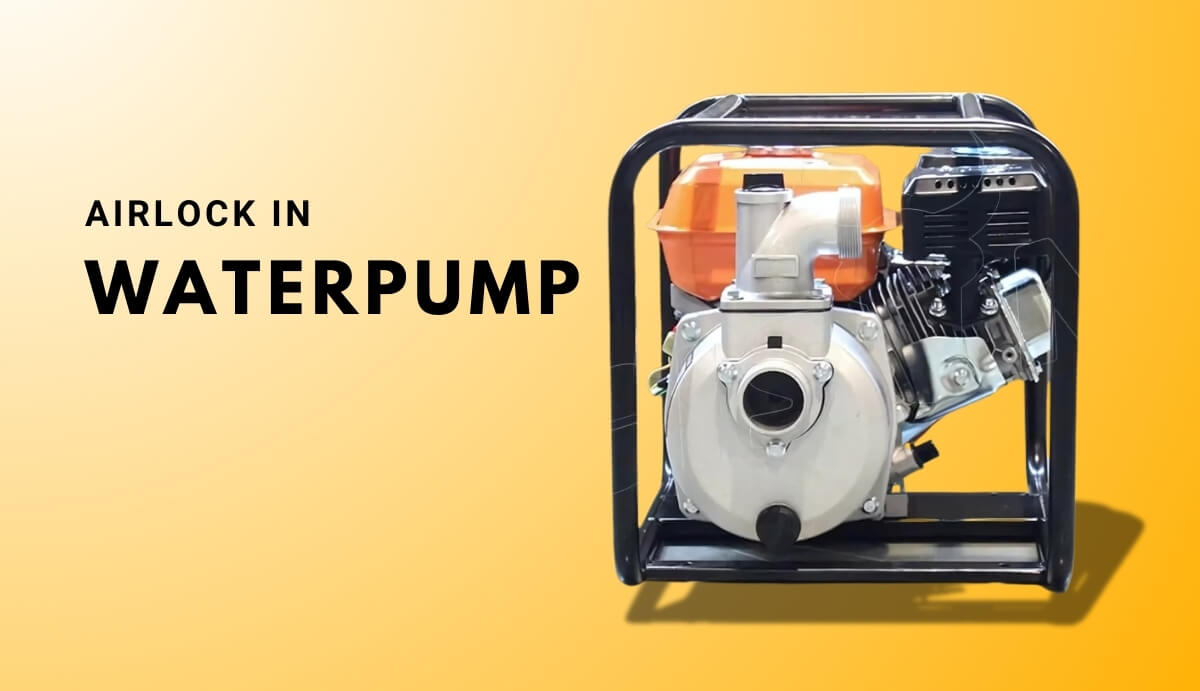
airlocks in water pumps
BISON will walk you through the causes, signs, and troubleshooting steps of air locks to help you restore the functionality of your water pump.
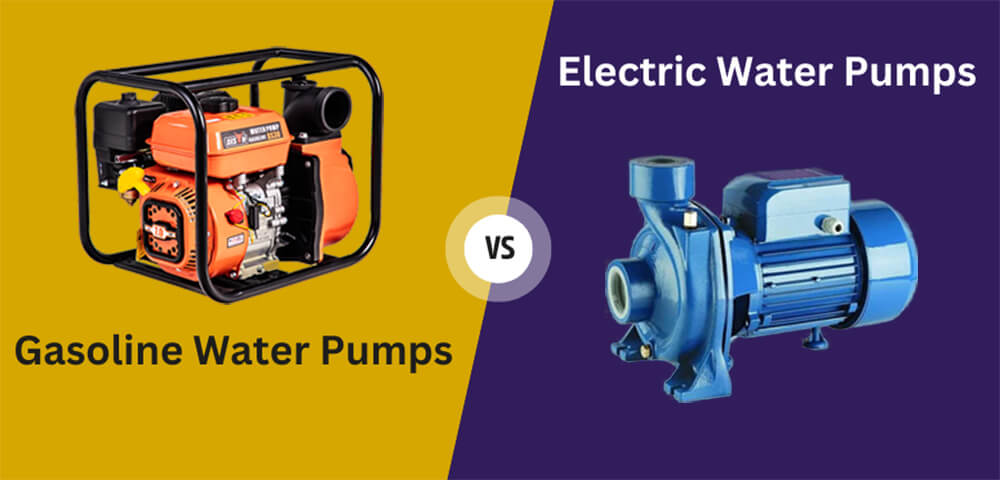
gasoline water pump vs electric water pump
BISON will discuss two main types of water pumps: gasoline and electric. We’ll compare their advantages and disadvantages…
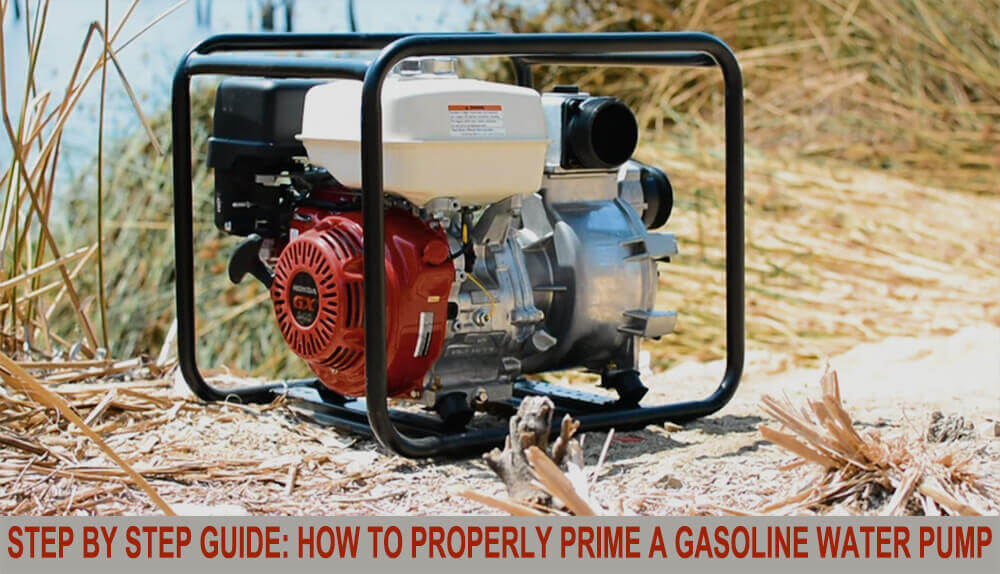
how to properly prime a gasoline water pump
BISON this guide will show you how to safely prime your gasoline water pump step by step. Follow along to protect your water pump.
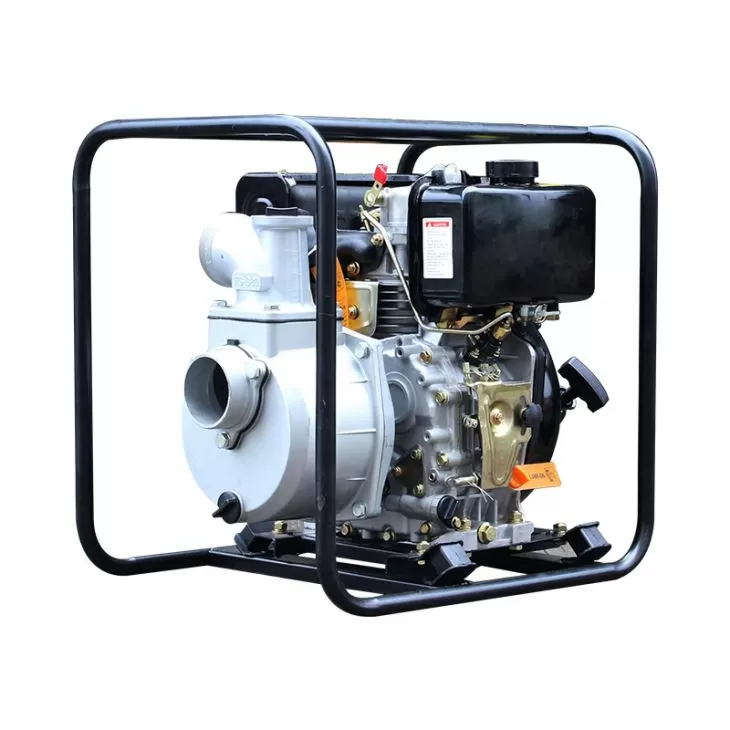
How To Maintain The Water Pump?
Although water pumps have different uses, the maintenance of water pumps is similar. In this article, we will provide some tips to help your pump work better.
Related Products
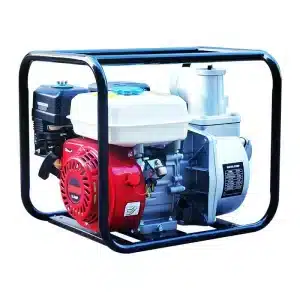
Diesel Engine Water Pump
Supply you top quality products with competitive price
Strictly control the whole production process
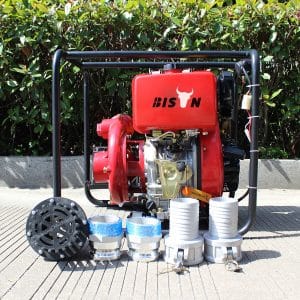
China High Pressure Water Pumps
Our diesel water pumps are standard packaged by strong carton box with plywood up and
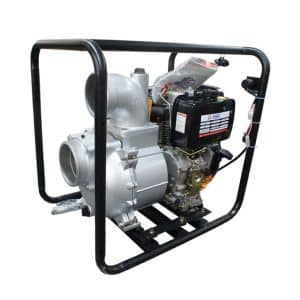
Diesel Motor Pump
- Portable compact
- Economical, reliable and durable
- Long run time – up to 13.5 hours
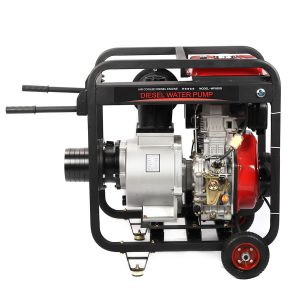
6 Inch Water Pump
Diesel water pumps are more reiable and safe.
The maintance cost for diesel water
.png)
-qbpqbzxxvtguiuwezisu6wo6j1i29b4m1el1ir1u8o.png)

